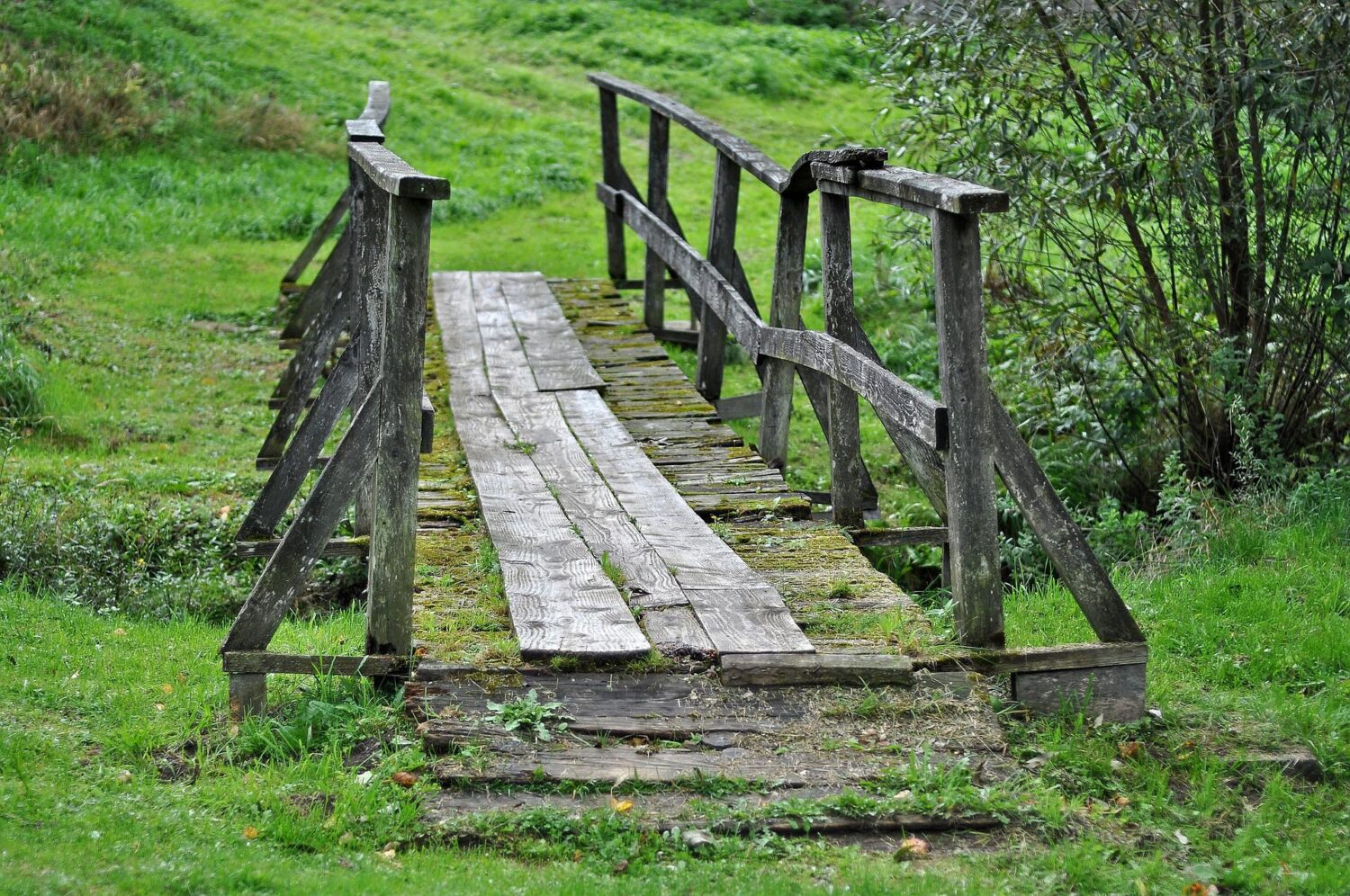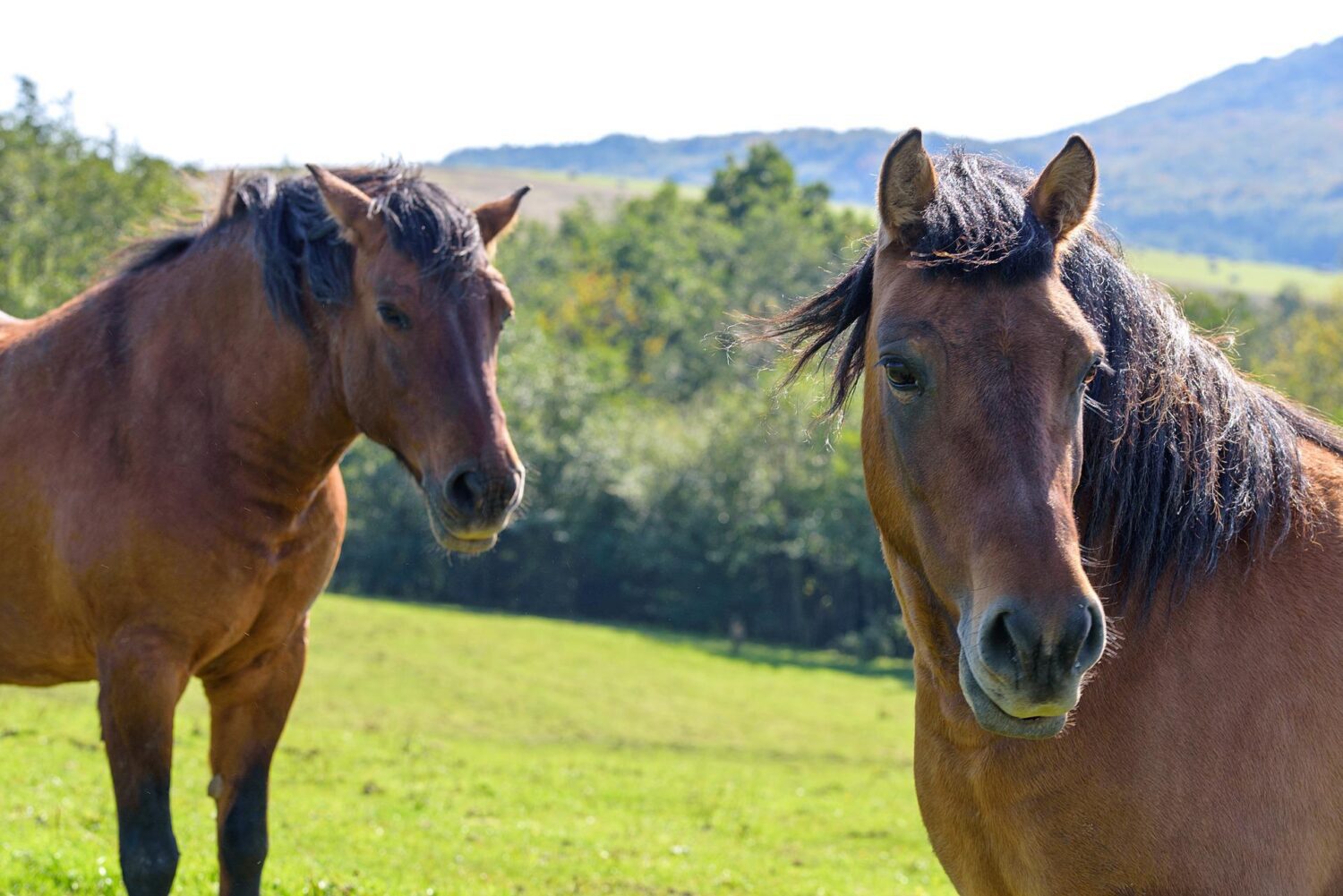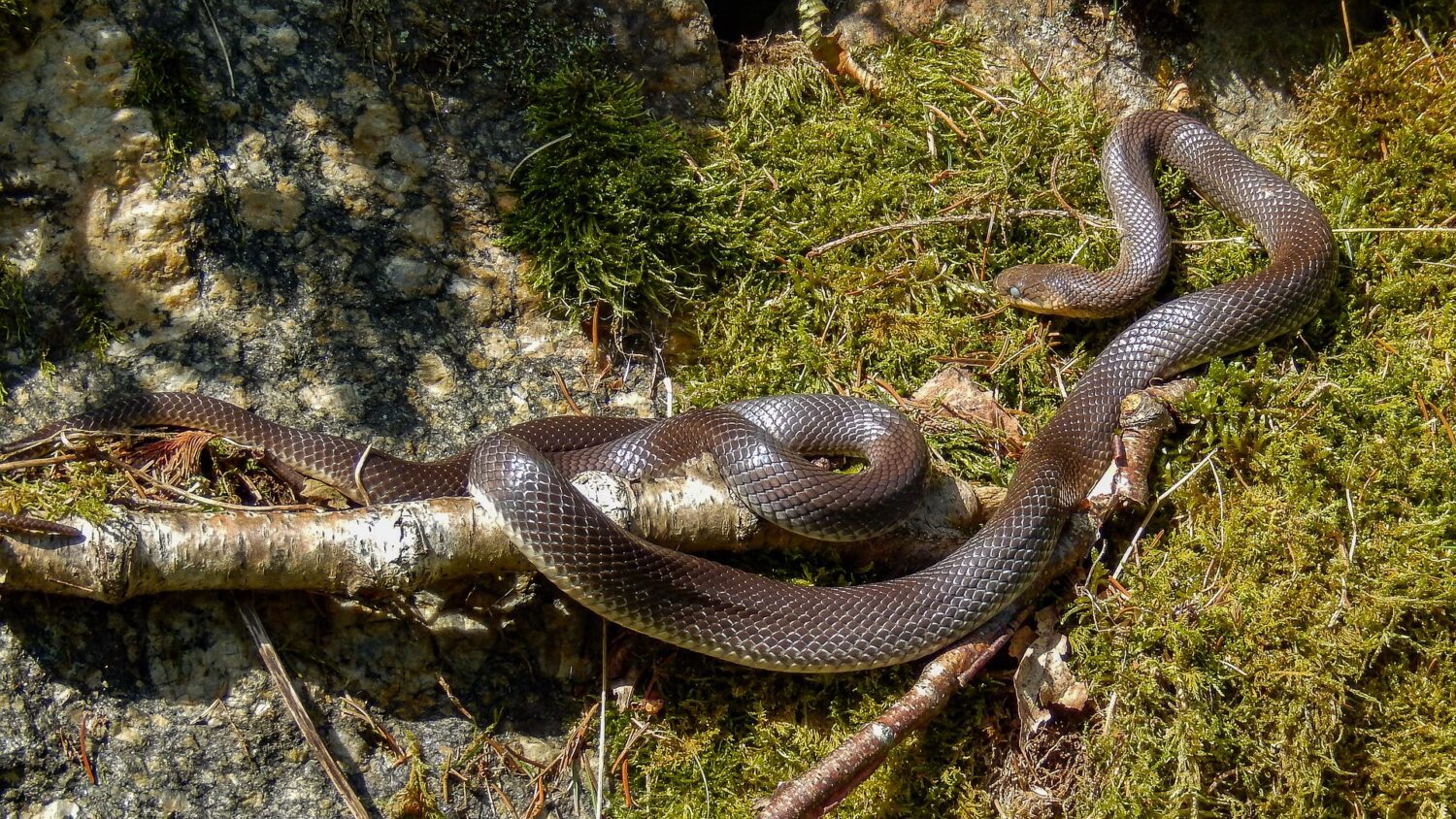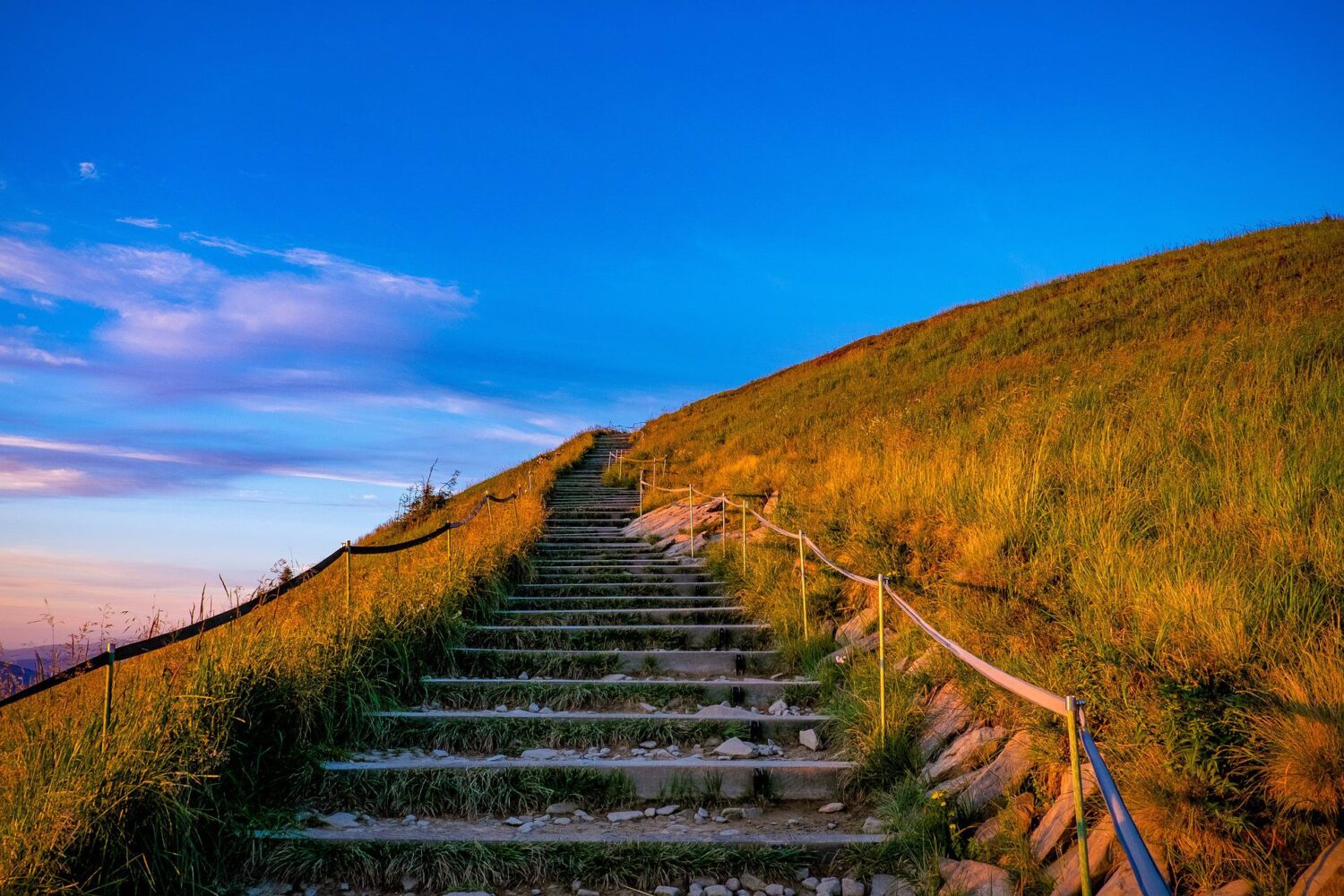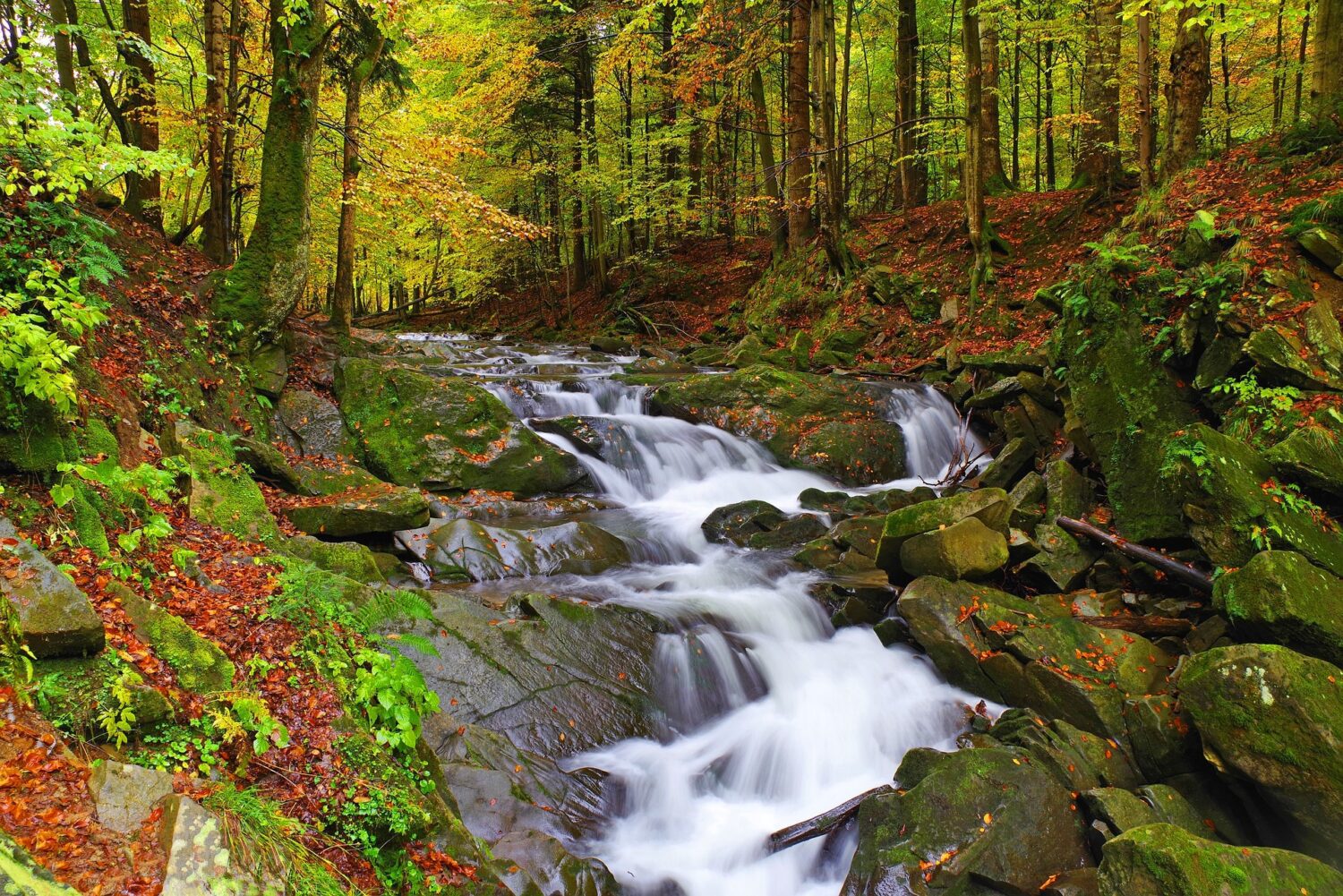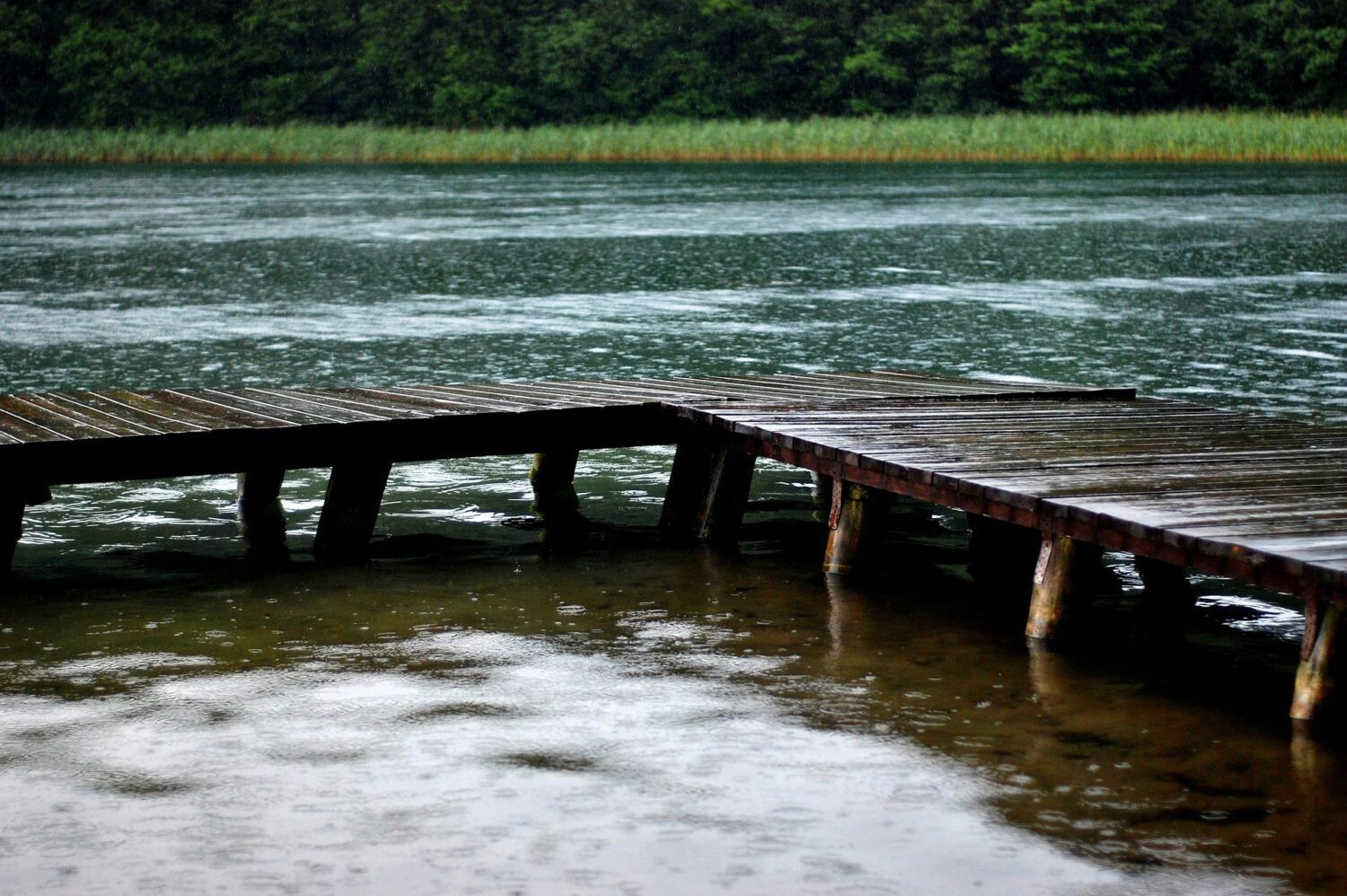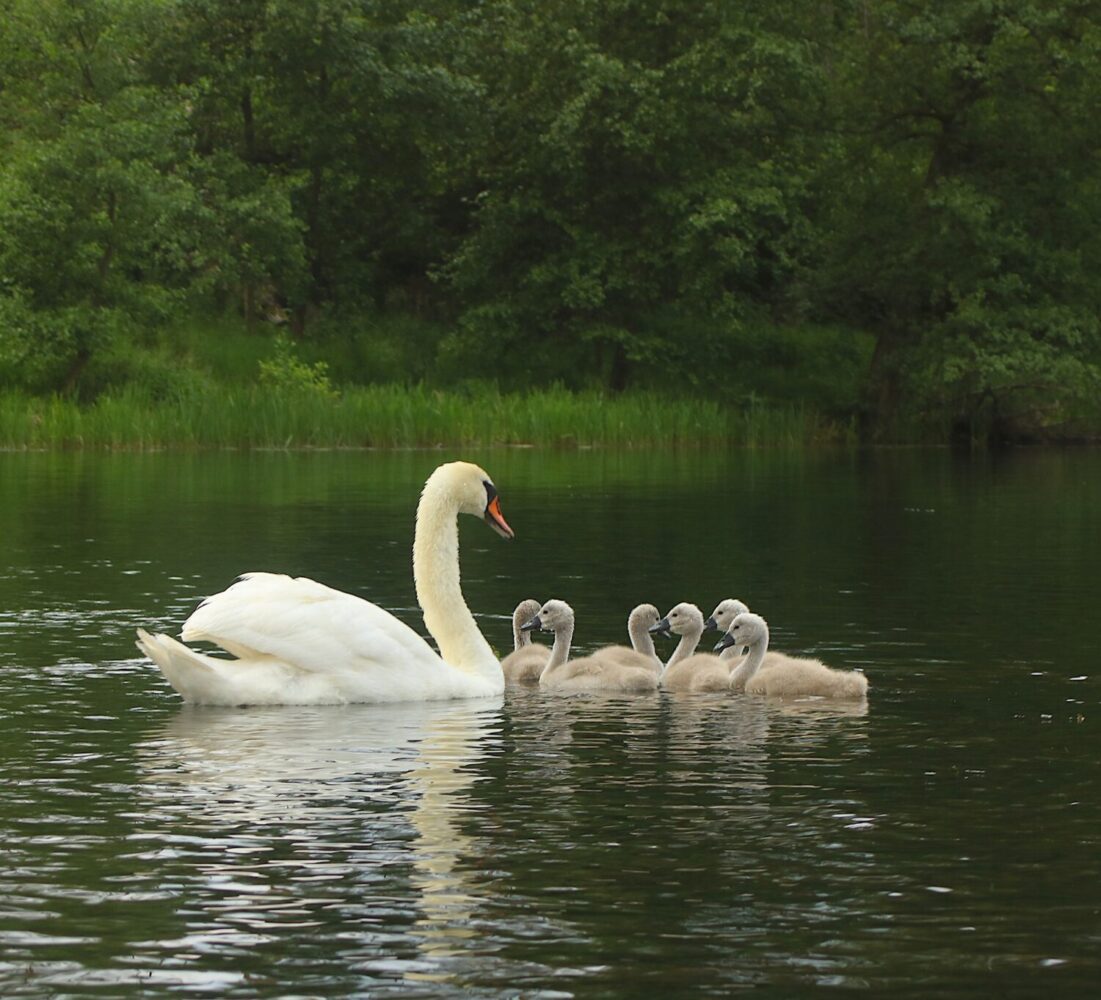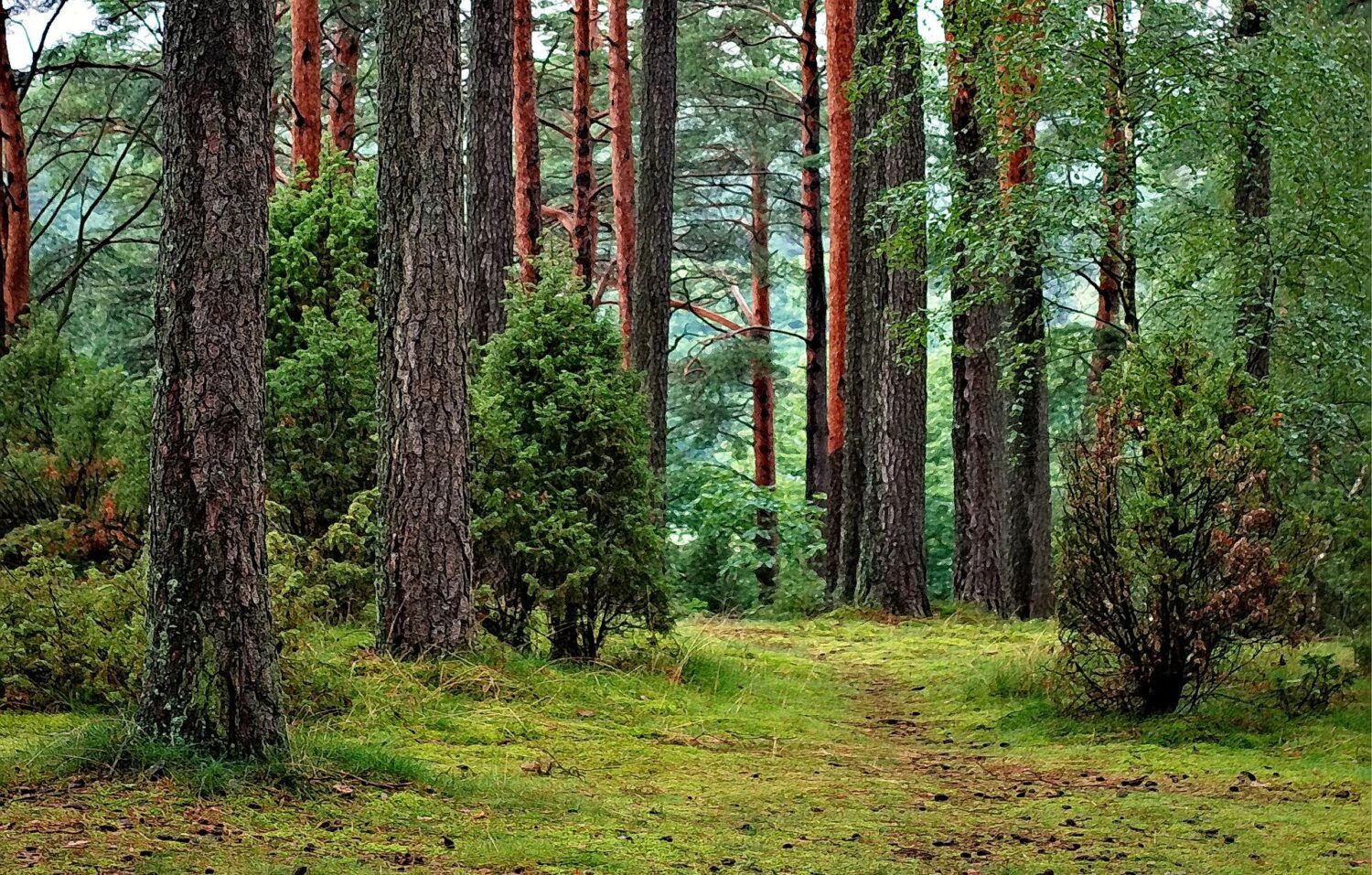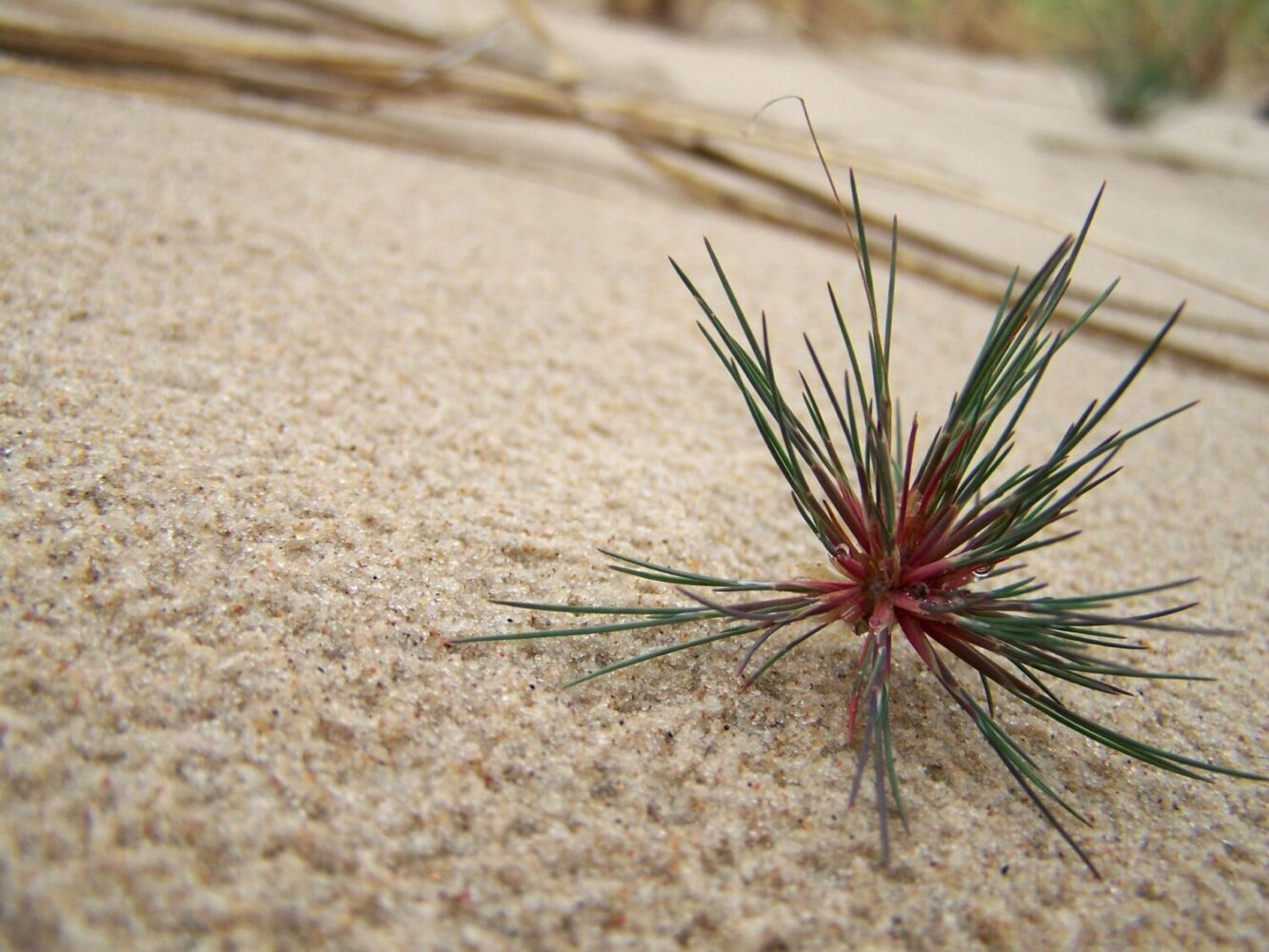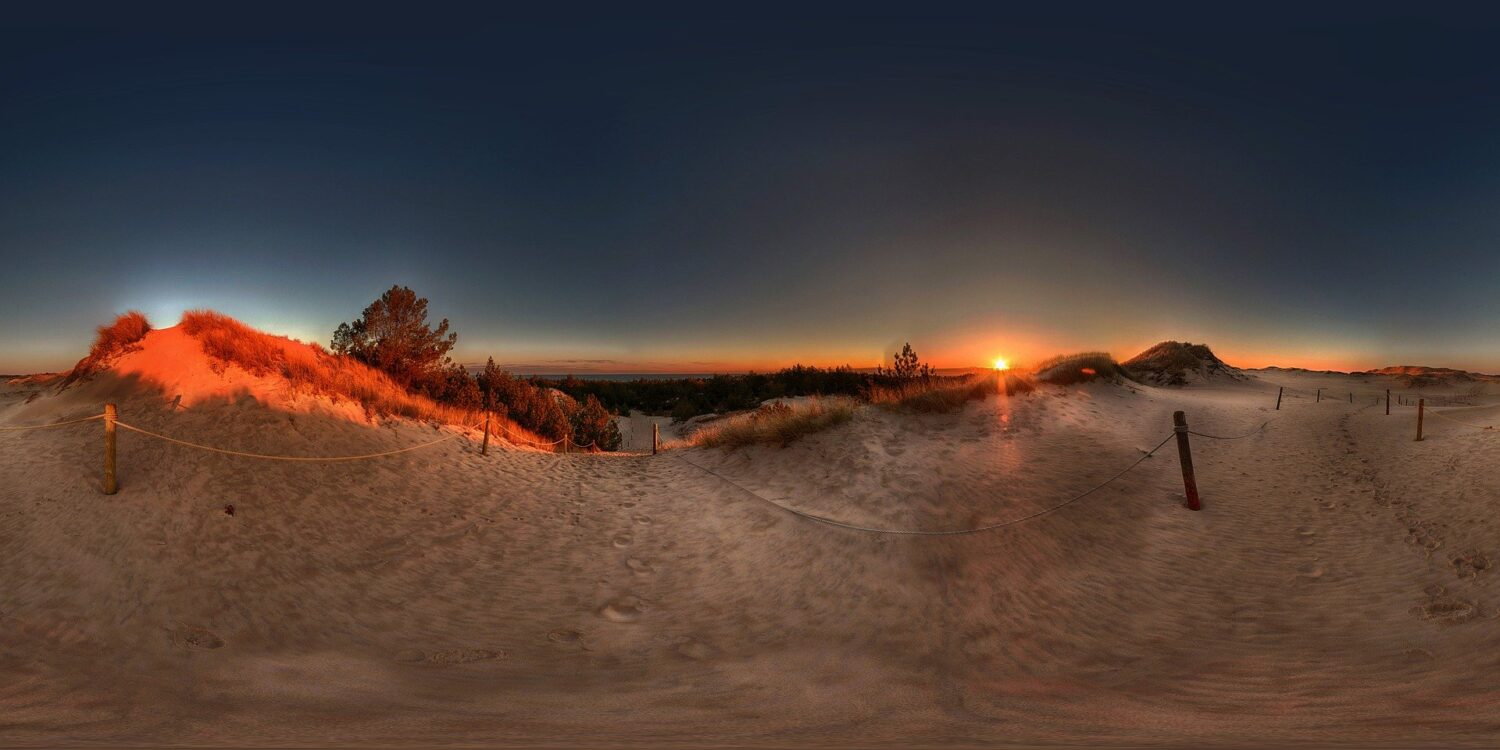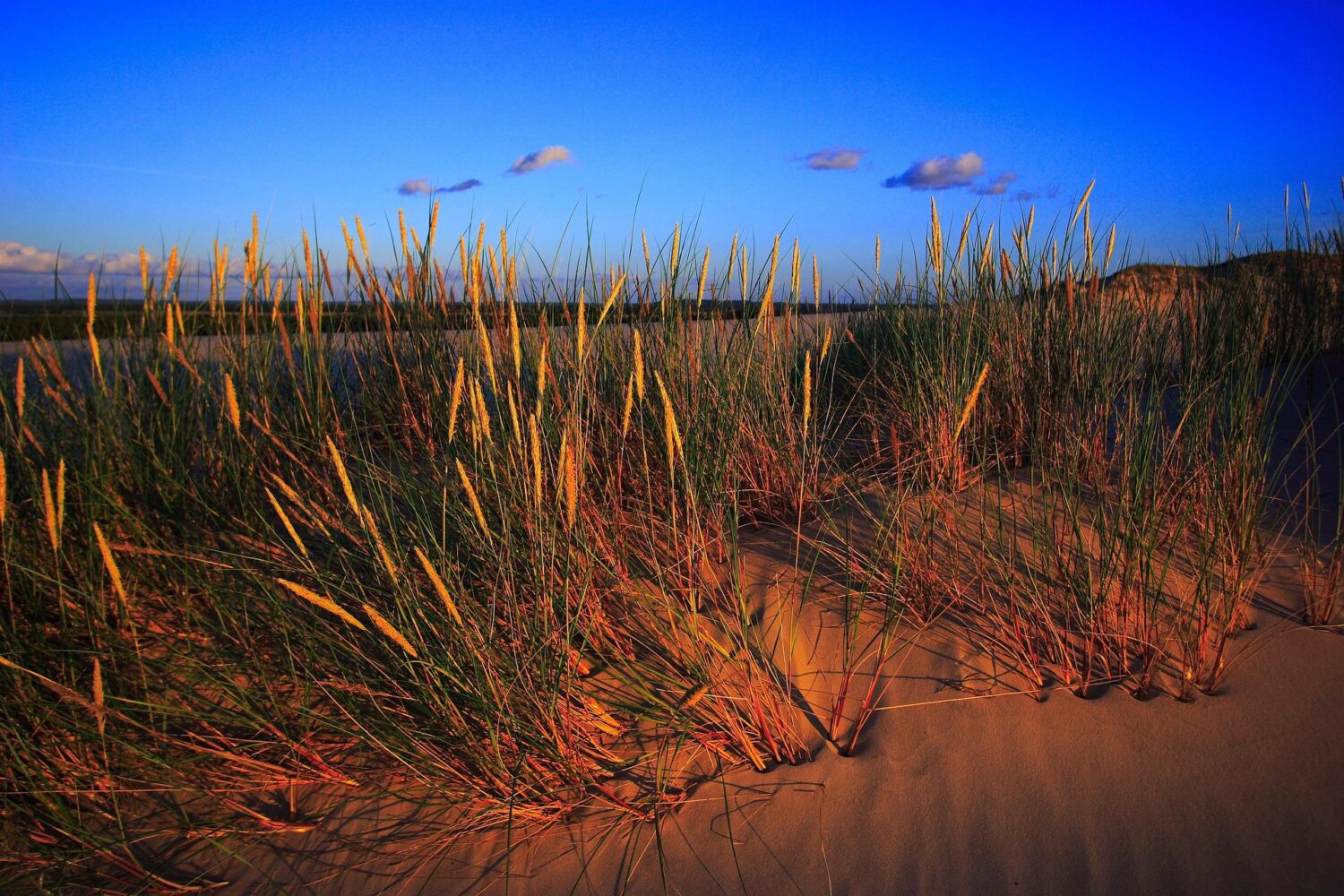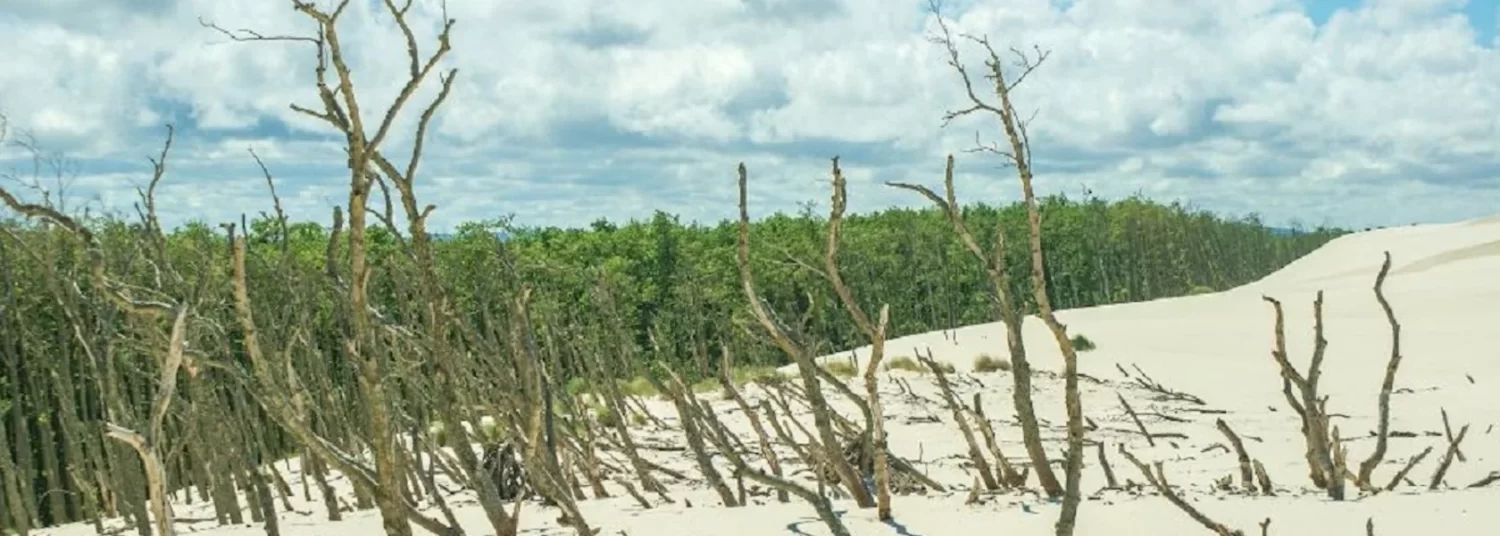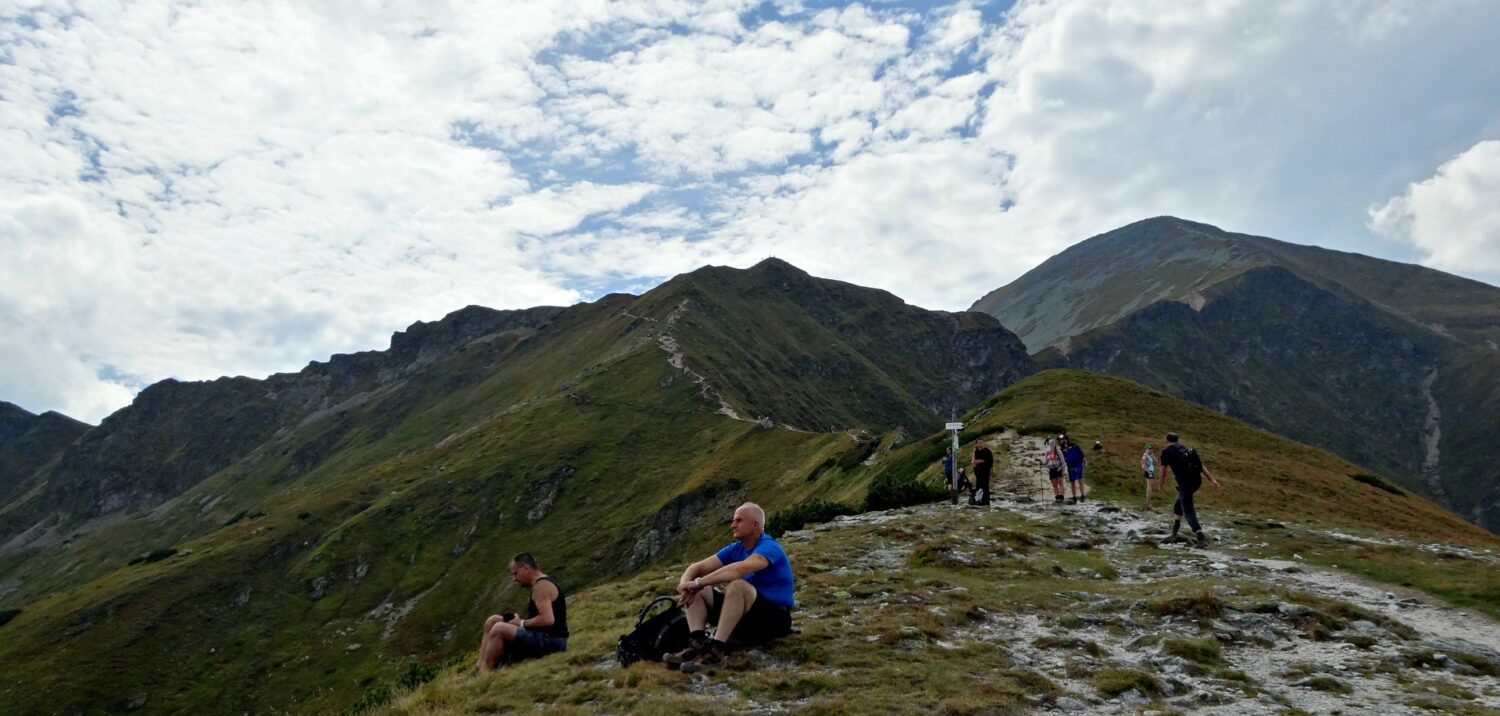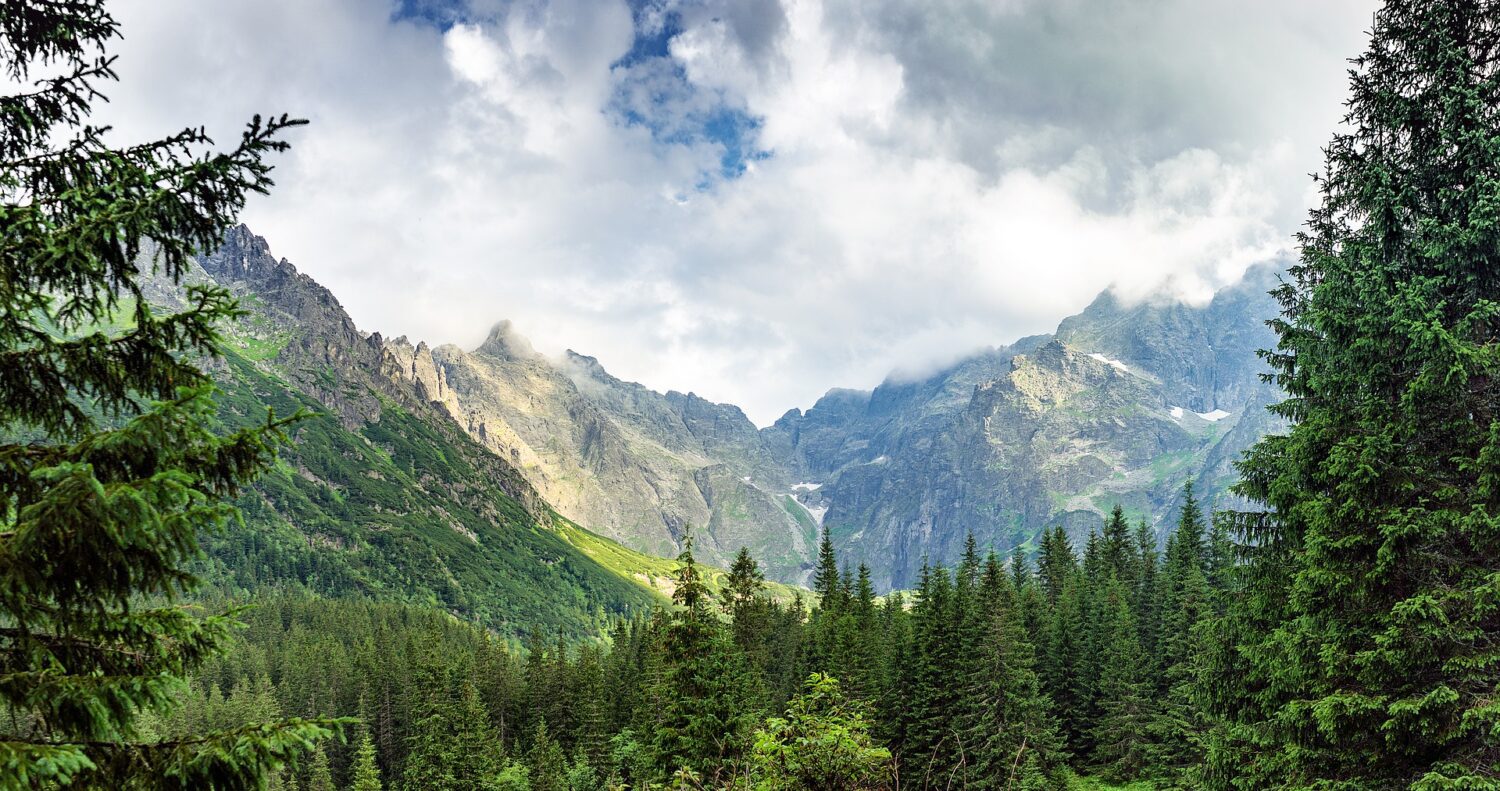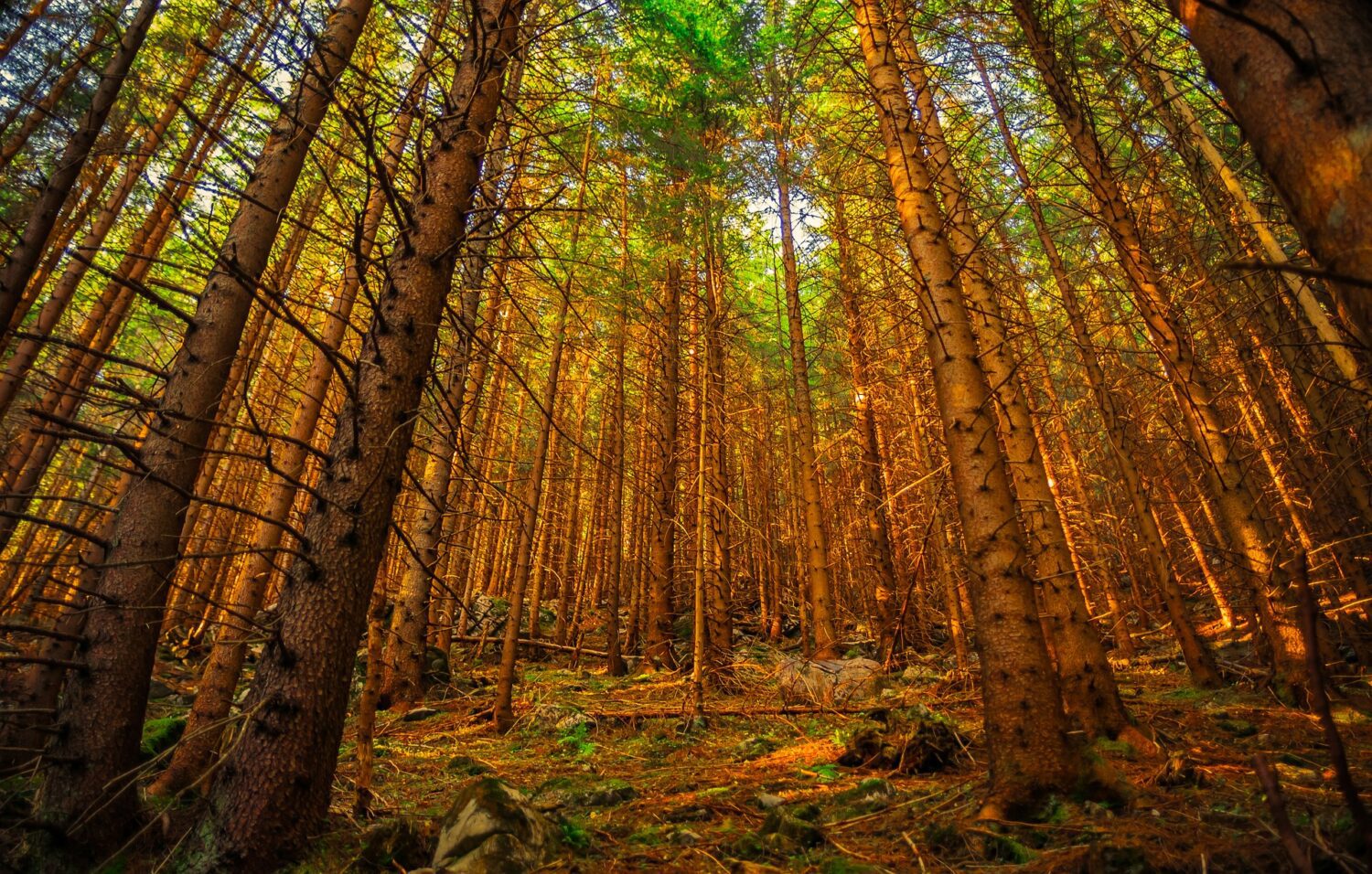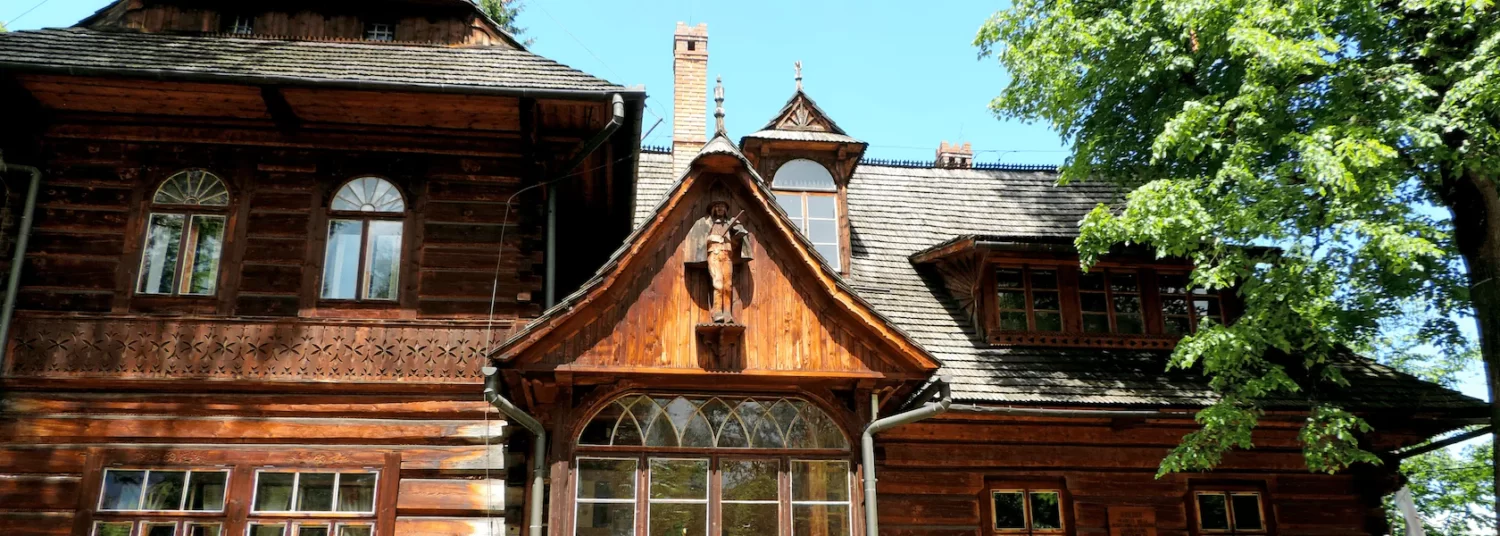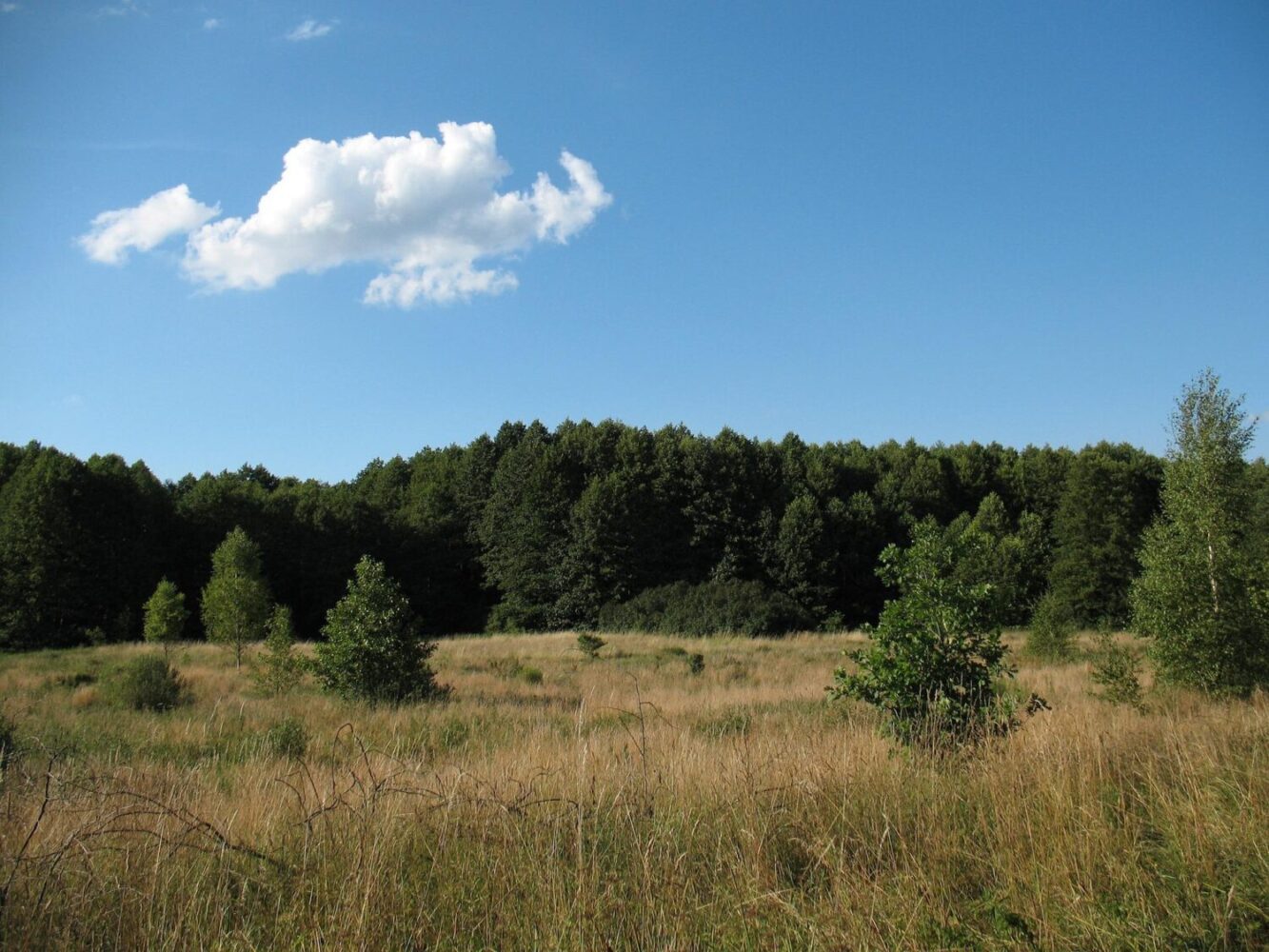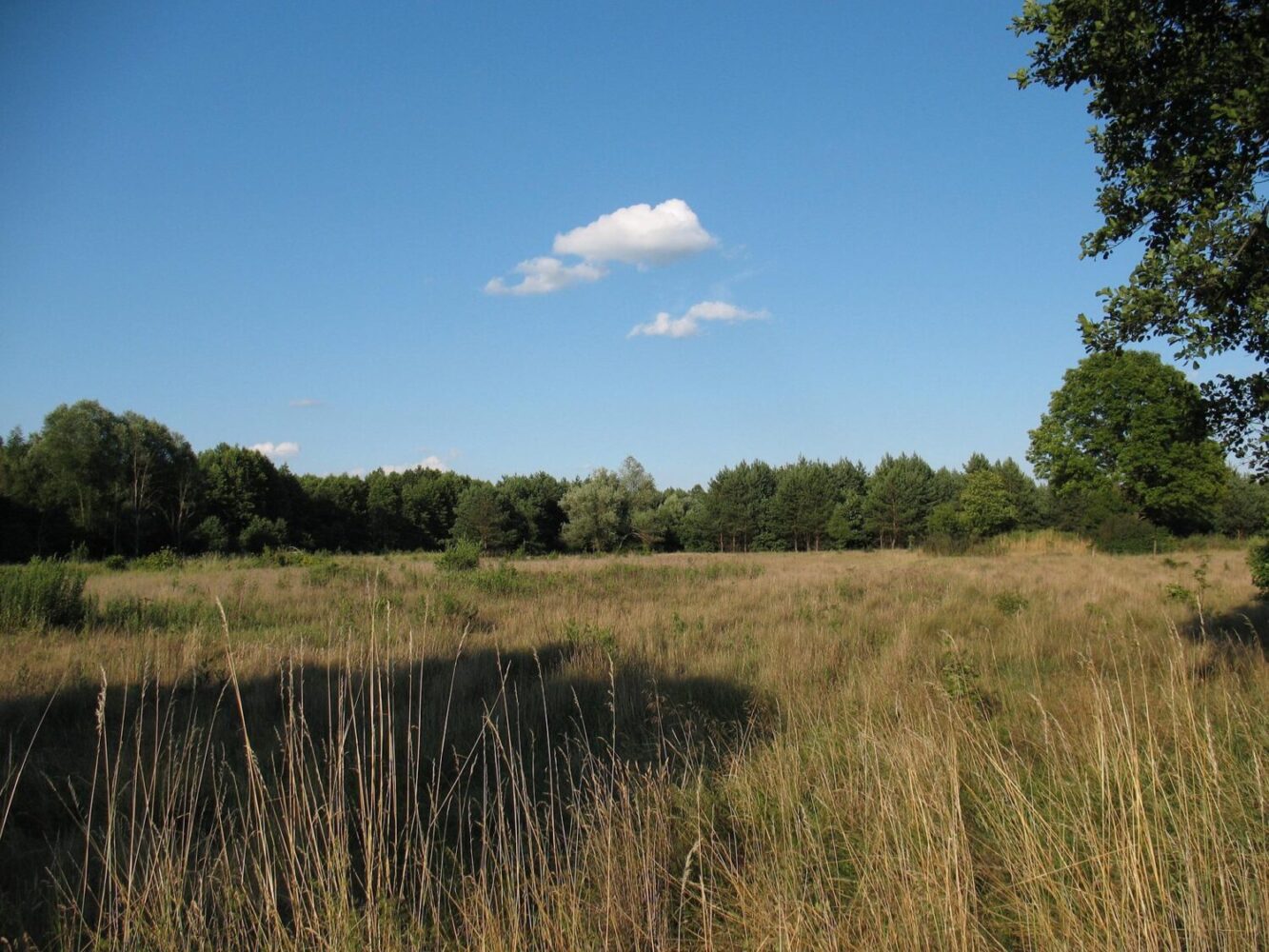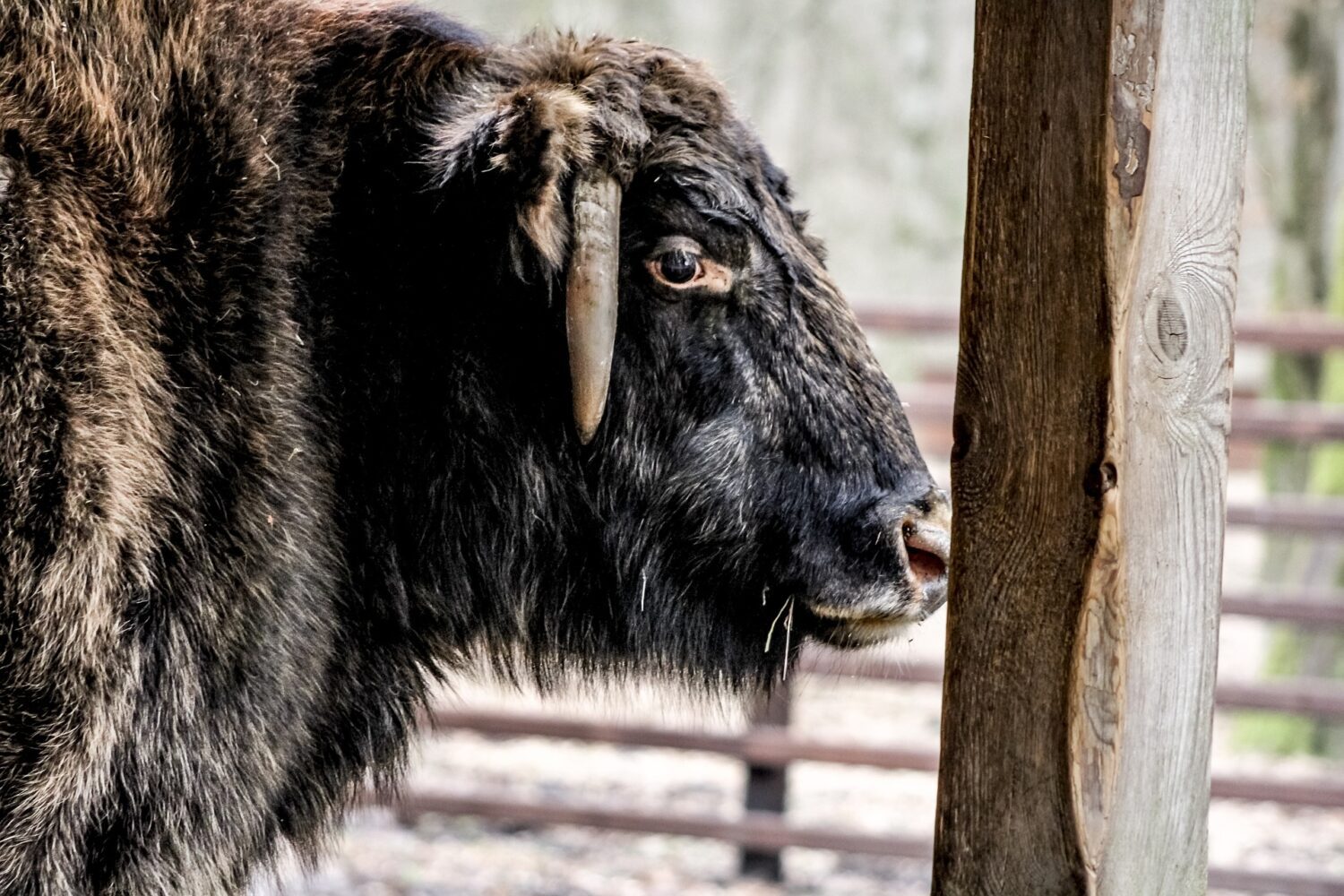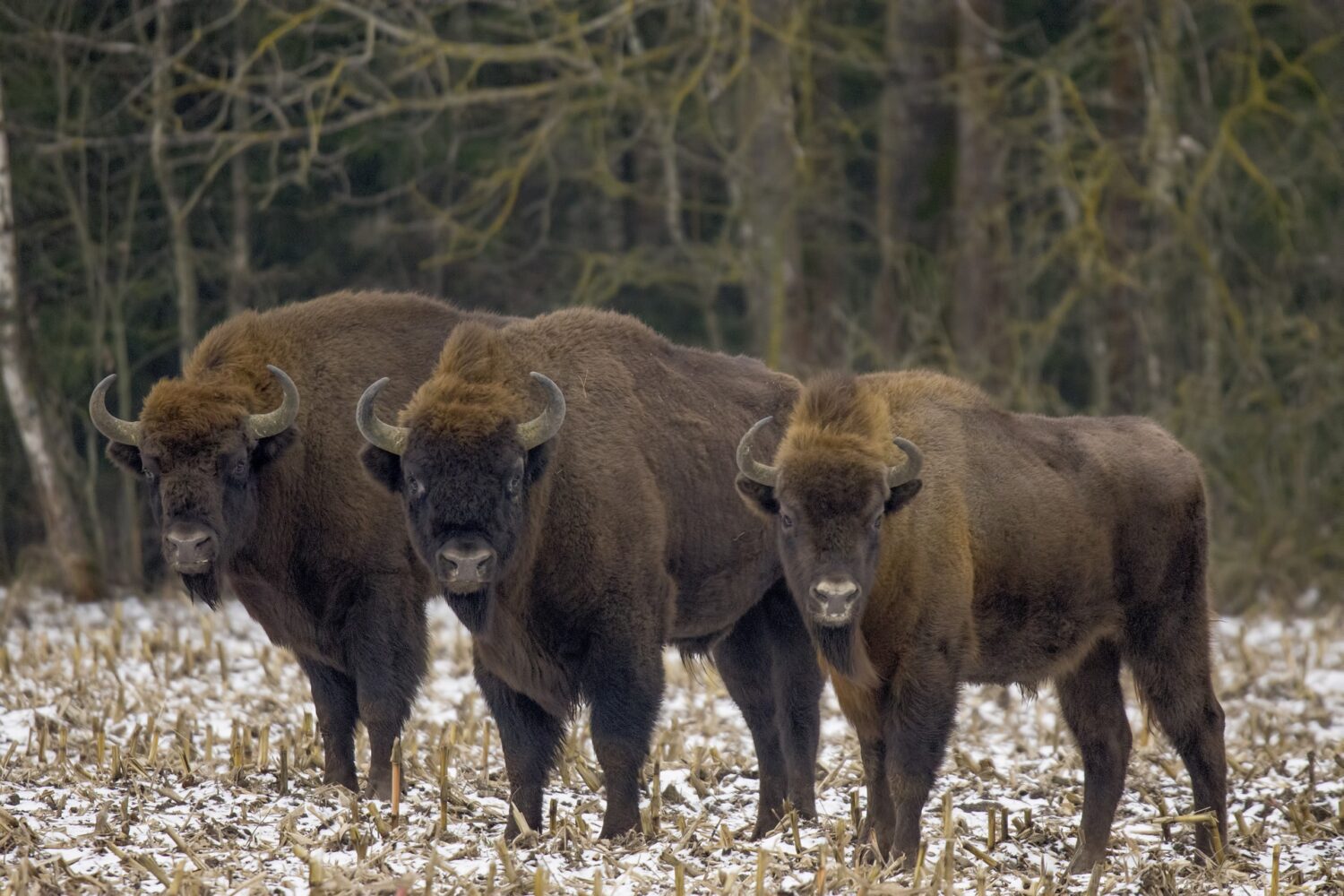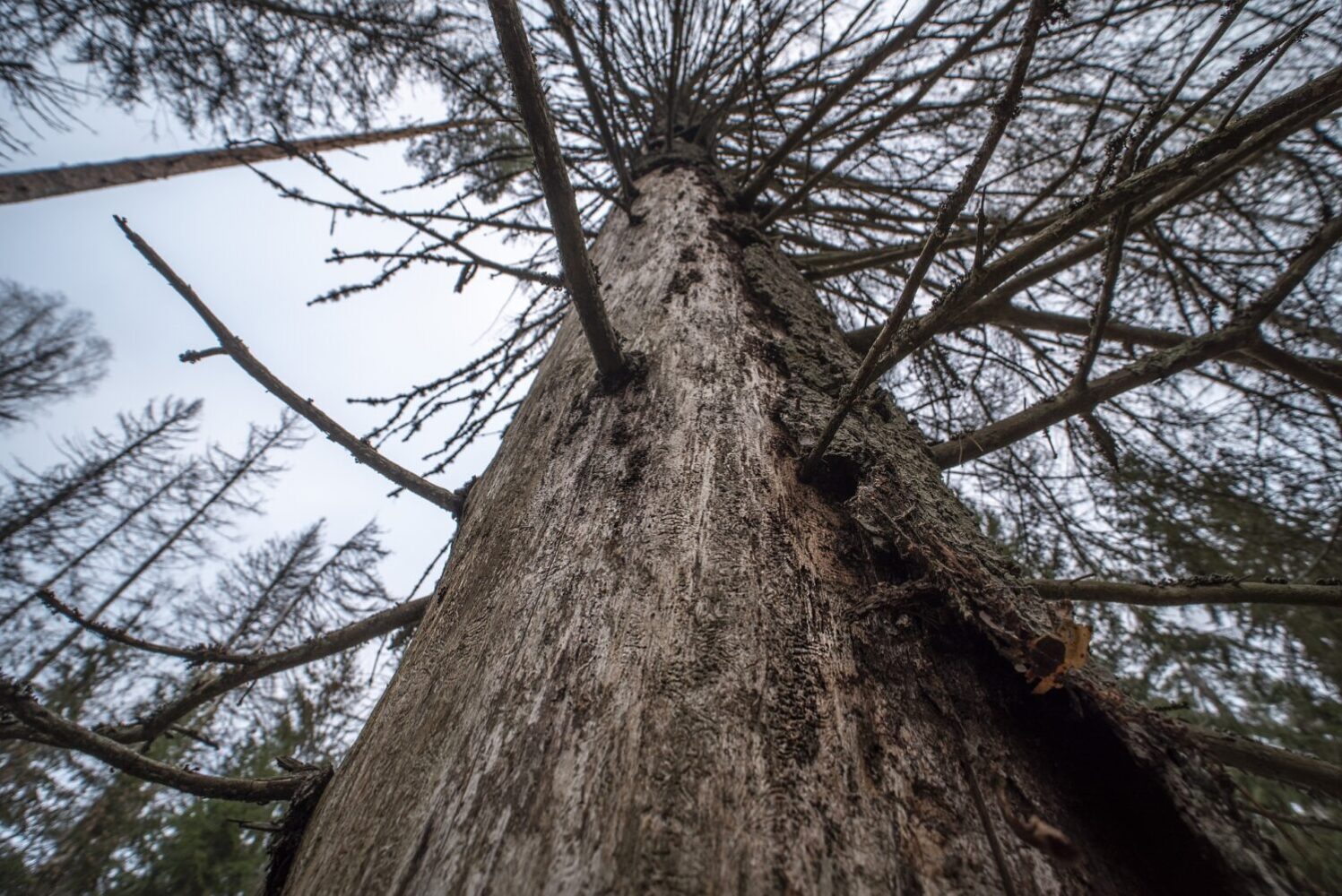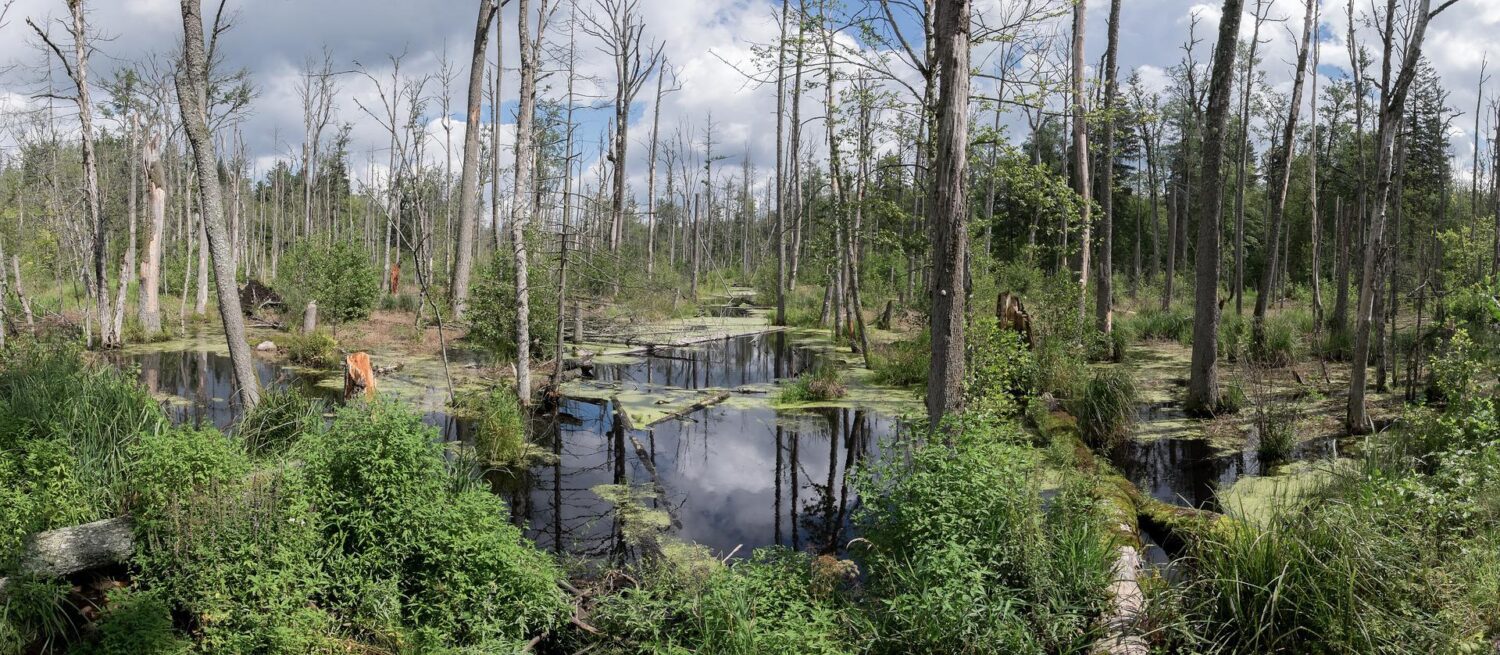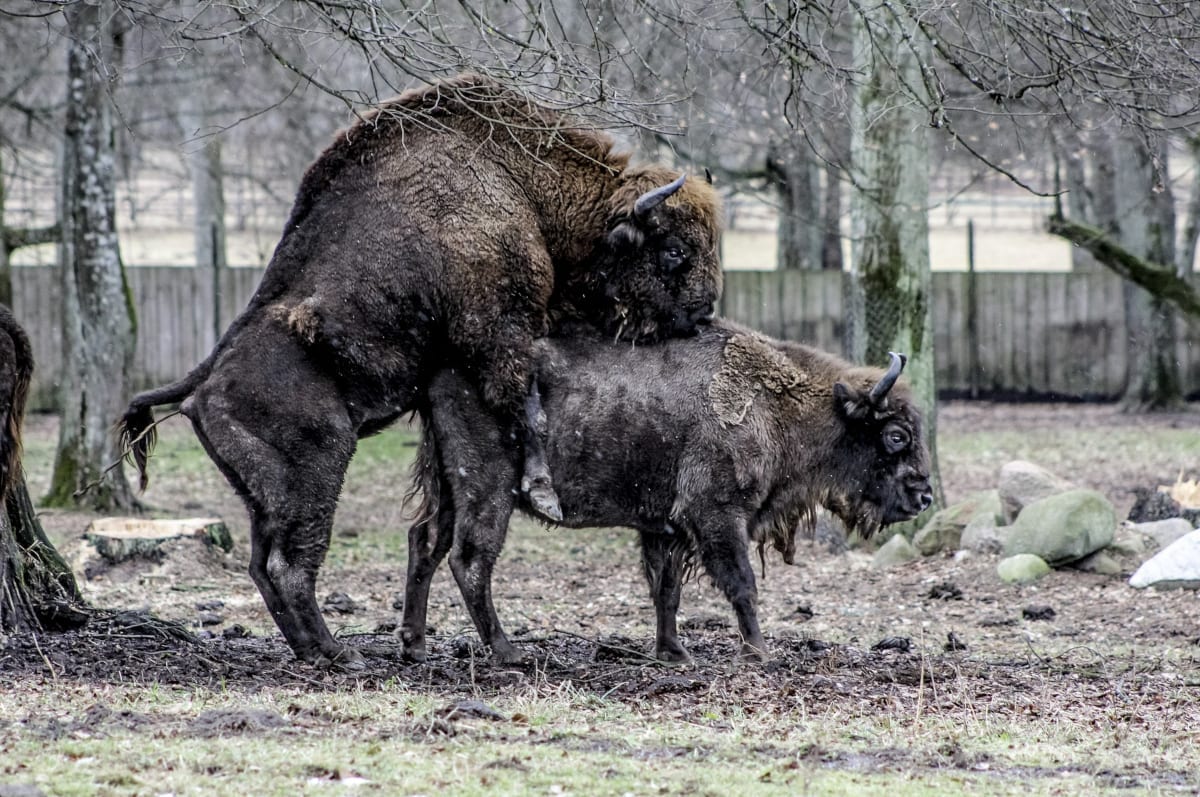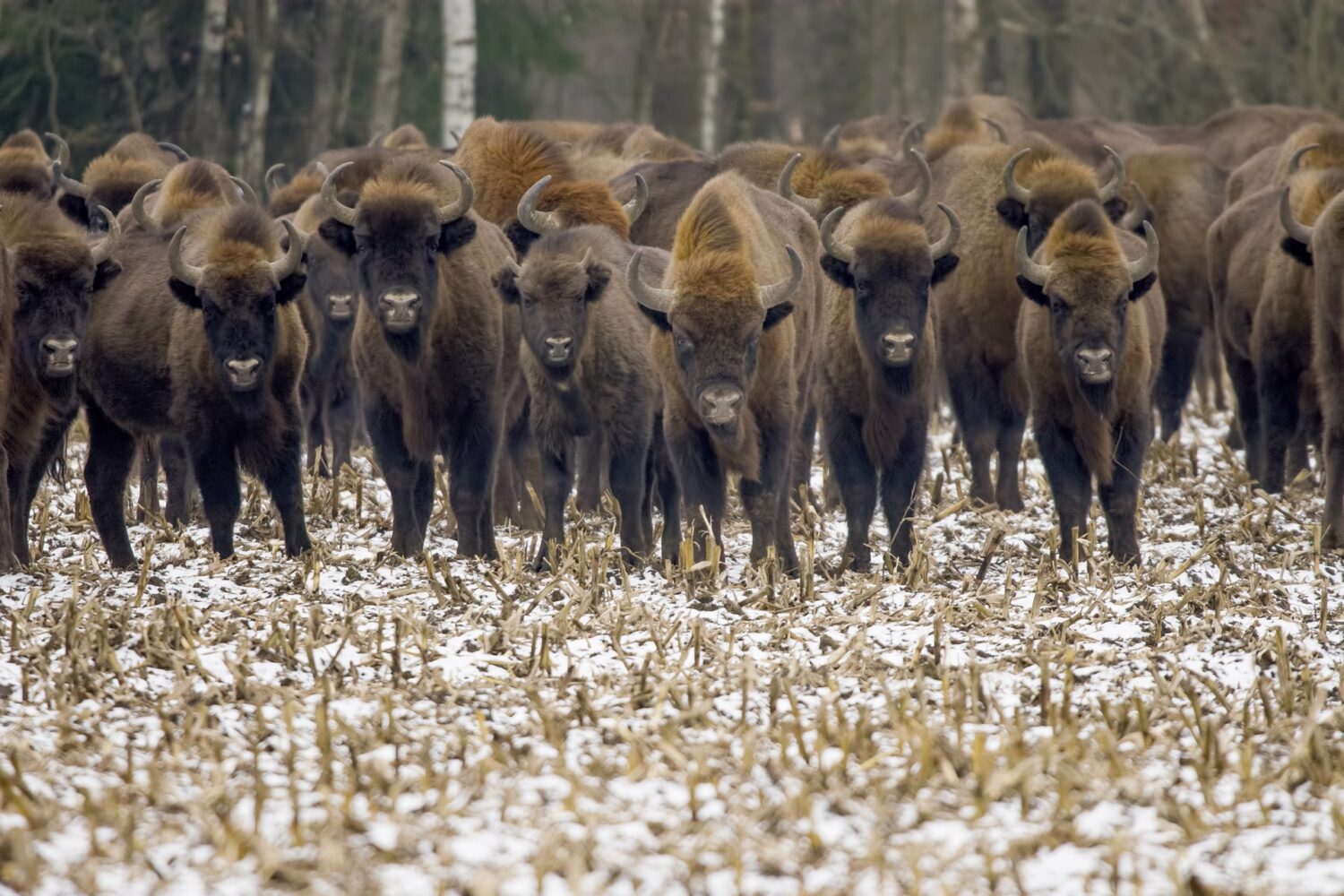Hiking in Poland
Hiking trails Poland
Hiking in Poland – updated 12 January 2023.
If you enjoy getting your boots on, strapping on a backpack and setting off to the great outdoors, then hiking in Poland is definitely something you should consider.
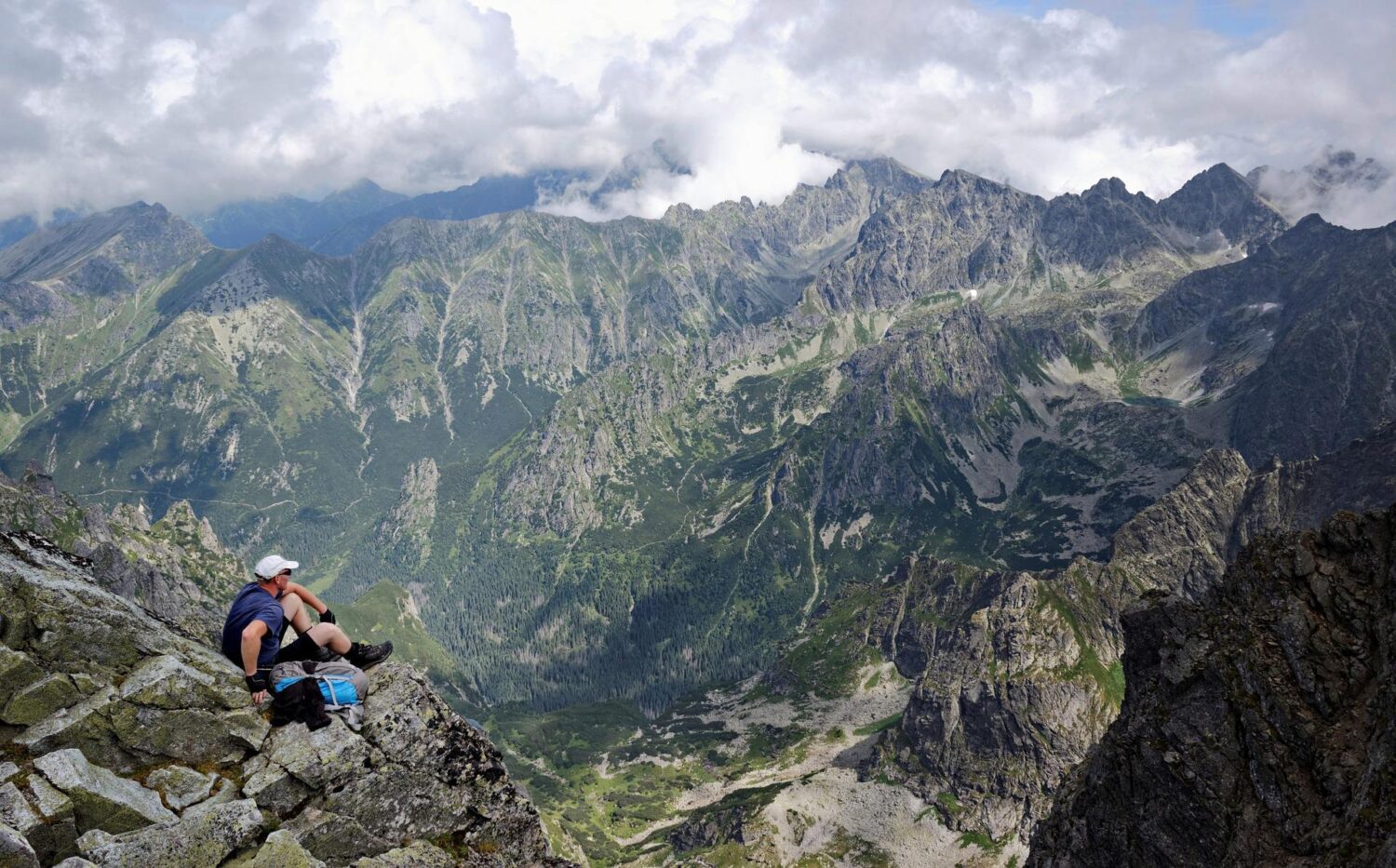
Variety of landscapes and challenges
Poland has 15,000 miles of beautiful hiking trails that offer a variety of landscapes and challenges. The Tatra Mountains, located in the south of the country, are a popular destination for hikers and offer a wide range of trails, from easy walks to challenging mountain climbs. The Bieszczady Mountains and the Sudetes Mountains are also popular for hiking, with a good network of well-marked trails.
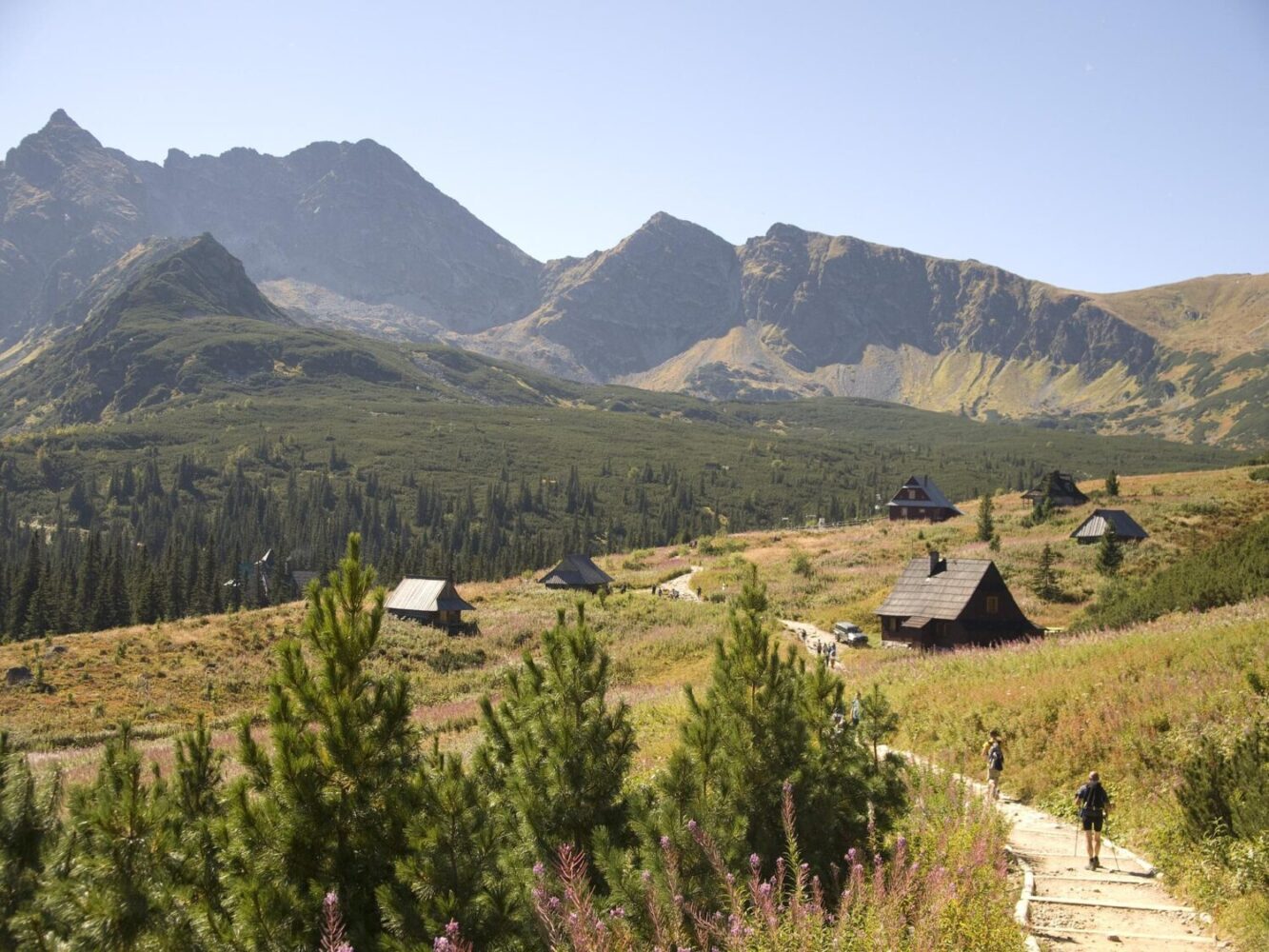
National Parks
Poland is also home to many national parks, such as the Bieszczady National Park and the Tatra National Park, which offer a variety of hiking trails and opportunities to see wildlife. The Bieszczady National Park, in particular, is known for its untouched wilderness and scenic mountain views.
The Kampinos National Park, located near Warsaw, is another great spot for hiking. It offers a diverse range of landscapes, from dense forests to sandy beaches, and is home to a variety of wildlife, including bison, wild boar and beavers.
Additionally, Poland’s coastal areas, such as the Slowinski National Park, offer a different kind of hiking experience, with long stretches of sandy beaches and dunes, as well as wetlands.
The Świętokrzyski National Park near Kielce is the lowest mountain range in the country and has a well-known 18 km walk that includes an ancient holy site that is now a monastery.
For those that enjoy easy walks and gentle terrain, Roztocze National Park is ideal.
Tatra mountains
For exciting high-altitude hikes head for the southern mountain ranges. The Tatra Mountains are the most popular destination in Poland for hiking. The High Tatras are the most challenging and many hikers head for the cross on the summit of Mount Giewont at 1895m. If you don’t like steep slopes, then there are plenty of alternative walks available, particularly in the valleys around Zakopane.
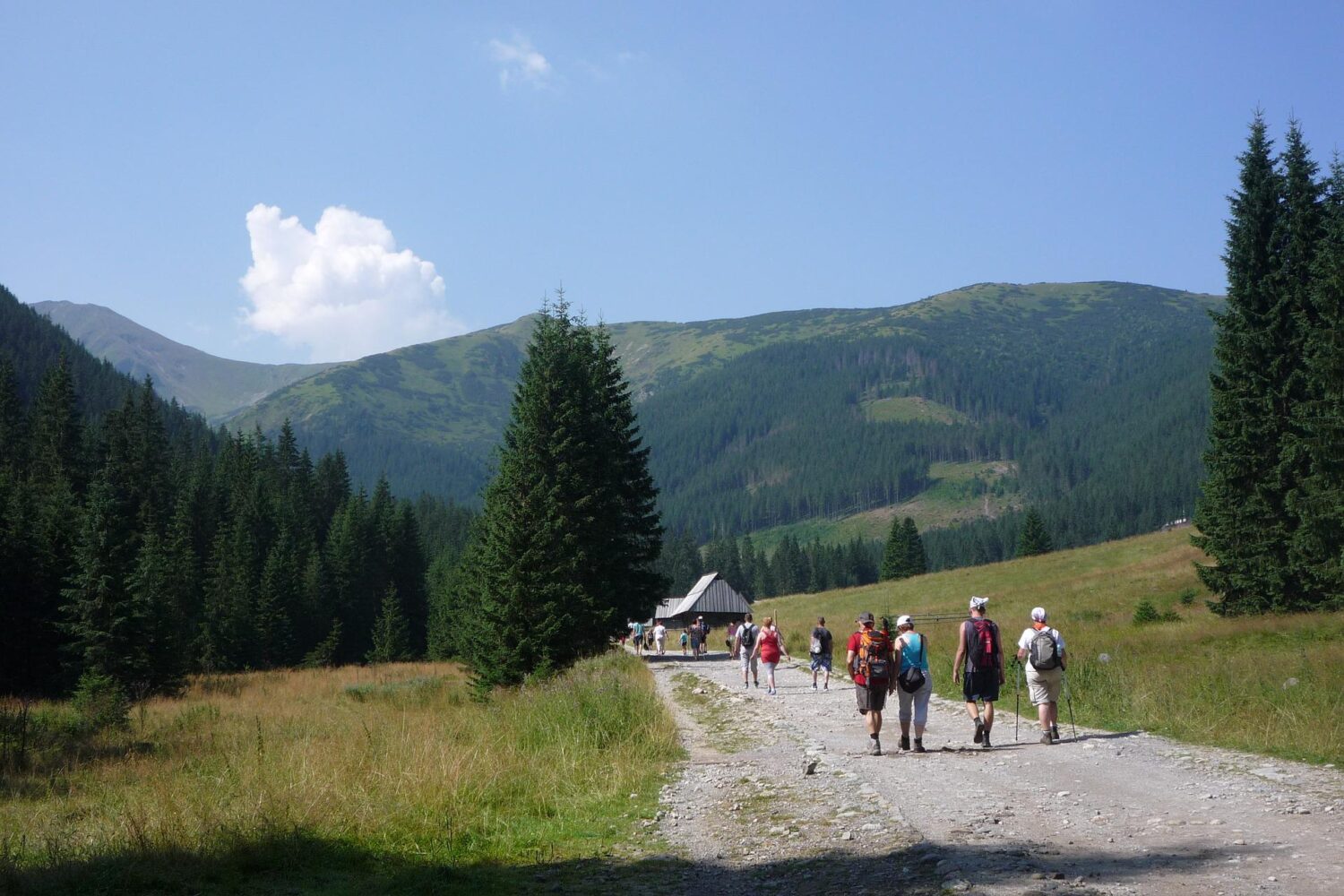
Slovakian Tatras
With the collapse of the Iron Curtain, border relations are now freer than ever. Thus, for dedicated hikers, the opportunity to explore the region in depth is very much an option. Poles are the first to say how wonderful the Slovakian Tatras are, and it’s well worth bearing this in mind if you want to get a full flavour of this wild region.
The Sudetes
The Sudetes, are a mountain range in Central Europe, shared by Germany, Poland and the Czech Republic. A favourite way to explore the Sudetes is to take a trip to the Karkonosze National Park, a 55.75 sq. km belt that runs along the Polish – Czech border for some 25km. The park is the most popular hiking territory in the Sudetes and has 33 different trails covering a total of 100km. The two main gateways are Szklarska Poręba and Karpacz, from where most tourists ascend Mt Szrenica and Mt Śnieżka respectively. The ancient and peculiar ‘table top’ rock formations of the Góry Stołowe (Table Mountains) are among the highlights of the Sudetes.
Hiking trails
Poland also has many well-marked and maintained hiking trails, such as the R-1 trail and the R-10 trail, which are great for long-distance hiking. The R-1 trail runs across the country from the Czech border to the Lithuanian border, while the R-10 trail runs along the Baltic coast.
Overall, Poland offers a wide range of hiking options, from easy nature trails to challenging mountain climbs, and is a great destination for hiking enthusiasts of all levels.
